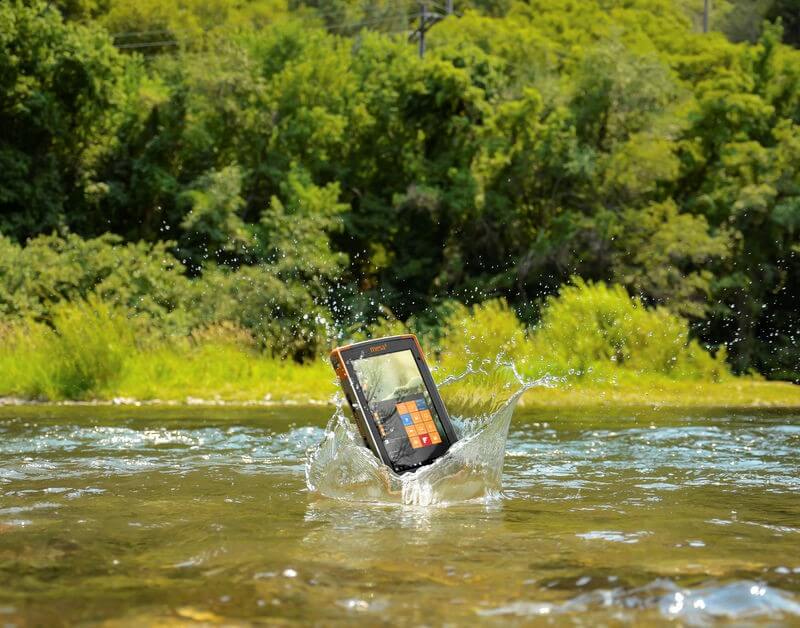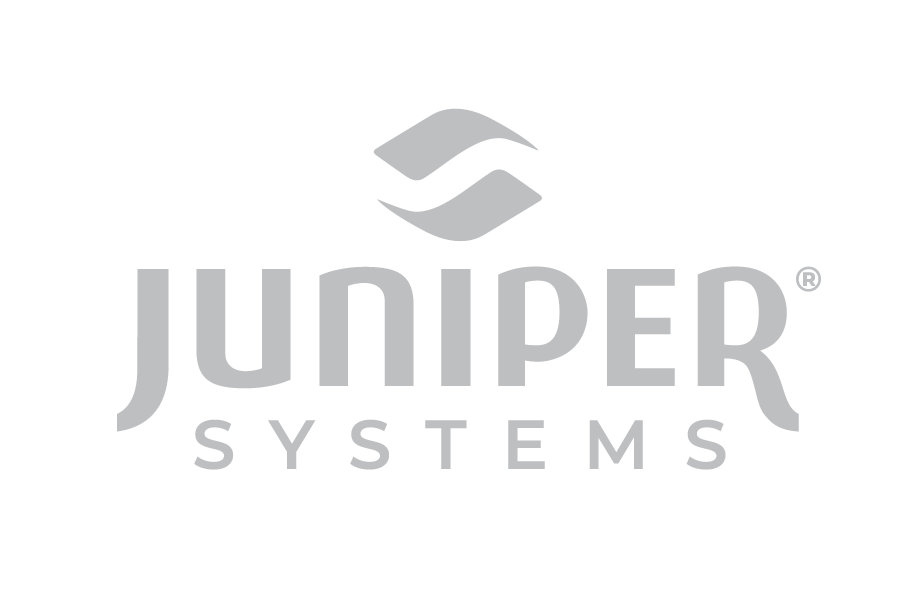The market today for tablets and handhelds can be rather confusing for users when determining whether or not a rugged device is warranted. Here is a guide to help users understand the difference between rugged and consumer devices to help in determining what device is best for you. For readers that want an even deeper look at the characteristics that make rugged devices stand out from consumer devices, additional links are provided.
Environment
When deciding between consumer versus rugged devices, there are many factors to consider. One of the most important factors is environment. Users must be aware of where the device will be operated. At the top of the list for environment is temperature. Juniper Systems is aware that users are in a diverse set of extreme environments. If users find themselves operating the device in temperatures between 4 F to 122 F (-20 C to 50 C) or storing the device between -22 F to 158 F (-30 C to 70 C), then users need to seriously consider purchasing a rugged device.
Solids and liquids exposure are other characteristics of environments that must be evaluated. If the device being used is anticipated to be in an environment with this type of exposure, then the specification of Ingress Protection (IP) becomes critical. There are multiple levels of protection for devices against solids and liquids.

To put that specification into perspective, a rugged device such as the Mesa® 3 Rugged Tablet by Juniper Systems is IP68 rated. This means that the device is waterproof and dustproof. The device can be submerged in 1.4 m (4’ 7’’) of water and water jets for 2 hours with this rating. For an in-depth look at IP68 or Ingress Protection ratings, click here.
Recognizing the general wear and tear of the device is another component to assess. Devices that are put to the test with frequent drops, vibration exposure, and general shock can shorten the life of the device. To increase the longevity of the device and avoid unnecessary costs many rugged devices are tested and built to meet MIL-STD-810G specifications.
This specification covers more than vibration and temperature shock. It includes drop tests, immersion, and more to make it so devices are rock solid and field ready for any situation a user may find themselves in. To learn more about how MIL-STD-810G can protect your investment better than general consumer device specifications, click here.
Battery life
The battery life of a device is one critical feature for any user out there. Multiple factors play into the usage of battery life. Some of these factors include the expected number of hours the device will be working for users, the display for sun-light readability, heat, and more.
To avoid bringing a productive workday to a halt with a dead battery, look at the number of hours the device can run for with just one charge. Ask the sales representative if the device has a removable battery for hot-swapping. The length of charging the battery is another point to acknowledge.
The Mesa 3 includes is a removable 43.2 Whr battery that can operate between eight and ten hours on a single charge. An optional internal battery for the Mesa 3 offers 21.6 Whr that allows the device to have an additional five to six hours of battery life. The optional internal battery also allows for the larger battery to be removed and replaced with a spare without interrupting what is happening on the device.
The type of display the device has can play a demanding role in the life of a battery. When the display is brighter to fight such aspects as screen glare, the battery drains faster. The device can get too hot and cause a shutdown or slow down while in use. For a deep dive into these display factors and the impact they can have on battery life, click here.
For users that find themselves in extreme temperatures of heat or cold, having a battery that doesn’t overheat or slow down because of temperature is a must. Look at the specifications of the device under consideration to see if it is optimized to work in cold temperatures. Ask the sales representative about the temperature range for the operation and storage of the device. Each of these questions can help users understand the capabilities of the device in the field or at the office.
Here’s what Casey Britton of Fusion Technologies had to say about the battery life from McElroy’s DataLogger® 7 based on the Mesa 3 Rugged Tablet running Android™, “We are seeing devices running a solid 14-15 hours on a single charge running multiple applications during that time. One of the problems we ran into with previous devices is they had to be plugged in continuously because of poor battery life due to heat.”
Support
For any purchase, the support provided during and after the purchasing process is an influential decision. There are many reasons for needing support. Having pre and post-sale support can make the biggest difference in the success of a user with a device.
From purchase to set up, there can be many questions that arise. Clarifications, tips and tricks, and other helpful advice can save users time and money. This is one of the countless reasons why Juniper Systems provides live and personalized support. Having a customer success team in the same building as the engineers and manufacturing floor makes it quick and painless for users to get solutions to problems that may arise.
Another aspect of support is a device’s warranty. In the nearly 30 years of being in business, Juniper Systems understands that stuff happens. The care of users should involve outstanding service and complete peace of mind. This is exactly what Juniper Systems’ goal is. While the Standard Warranty of Juniper Systems is to protect against any manufacturer’s defects, additional service plan options are available. These additional service plan options provide extended benefits and exceptional value for those who want to maintain and protect their investment more fully.
For more details on what each of these service plans offers, click here to read more.
Customization
Most consumer devices are limited in customization options. With rugged devices, users can have more say and find what they need. These customization opportunities can include anything from a simple custom branding to a fully modified rugged device. That leaves the door open for numerous opportunities to improve the overall experience of users and their work to be accomplished with ease. One of the simplest customizations is programmable buttons for frequently used functions of the device. A link to how users can program buttons on the Mesa, click here to watch the short video.

Additional integrations can include a built-in battery, barcode reader, UHF RFID, UHF RFID & Barcode, 5V RS-232 port, 12V RS-232 port, and much more. Juniper Systems offers these integrations and a variety of other customization options. Juniper is also able to develop new custom devices to include an industry-specific port, radio, or antenna to help build the perfect device for that industry.
For a brief walk-through of common specifications to look for in rugged devices, click here. To understand what Juniper Systems can offer with integrations and customizations, click here to watch a brief video explaining this.
Total Cost of Ownership
This may be one of the most misunderstood differences between consumer and rugged tablets and handhelds. The first thing that users will notice when looking to purchase a device is price. There is a definite difference in price between a consumer and a rugged device. However, the long-term price users often face in inevitable damages with non-rugged devices can be significant. Data loss can often be more valuable than the device it’s being captured on. Why tempt fate to a device not rated or equipped to meet the demands of the environment it is being used in and risk losing important work?
Another factor to consider is the downtime consumer devices face when looking for a replacement, repair, support, or lost information. Consumer devices can be inexpensive for the first purchase in comparison with rugged ones. However, when users consider the potentially endless price of buying a consumer-grade device over and over again, the price comparison changes.
Repairing consumer devices can be costly with lost time in the field or office. When users find themselves in need of repairs or support, it isn’t abnormal for users to be on hold, talking with a robot, or any number of frustrating circumstances. Without accuracy and consideration for time users can find themselves in a pinch for time.
The other factors that contribute to the difference between rugged and consumer can be found by clicking here to read more.
Pulling it all together
This article has covered quite a bit of information. It is normal to be overwhelmed with so much information to consume. Our team of experts is ready and happy to help answer any questions you may have. To talk with someone from our customer success team about the differences between consumer and rugged tablets or handhelds, call 435-753-1881 or click here to chat.

